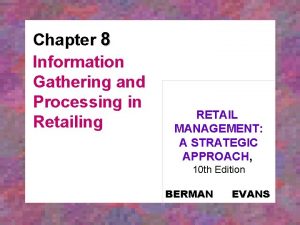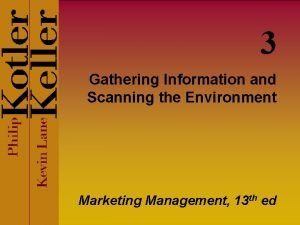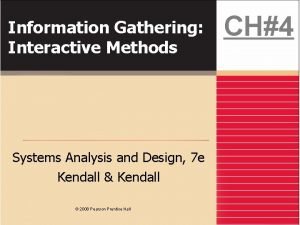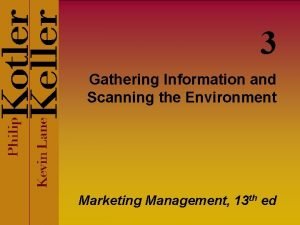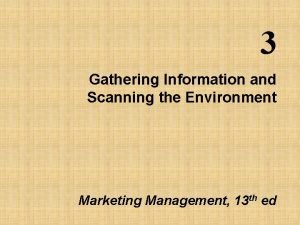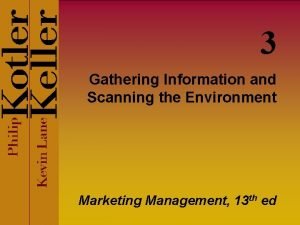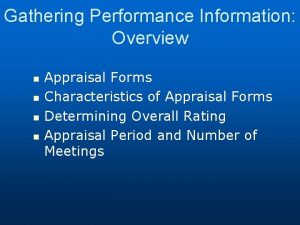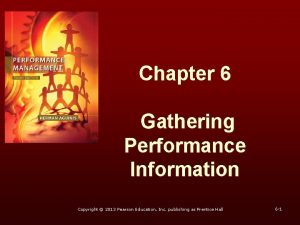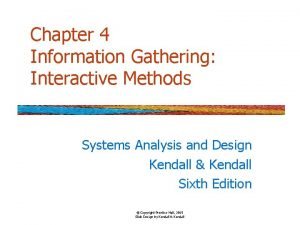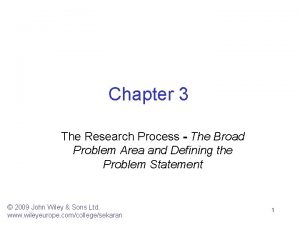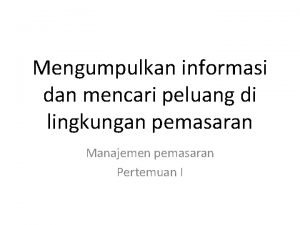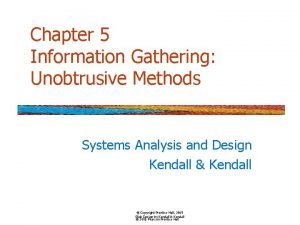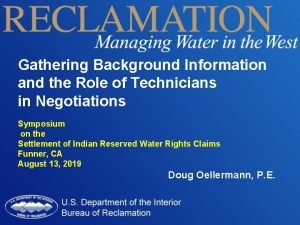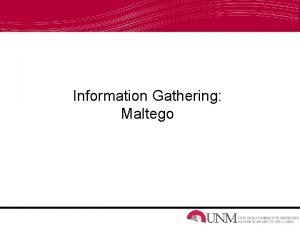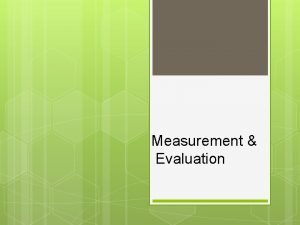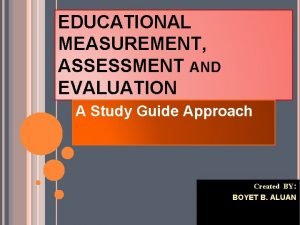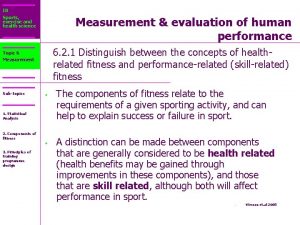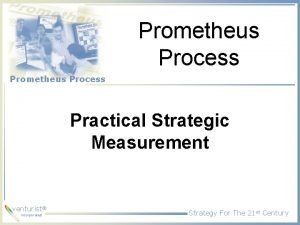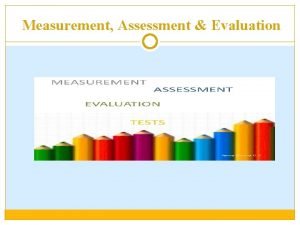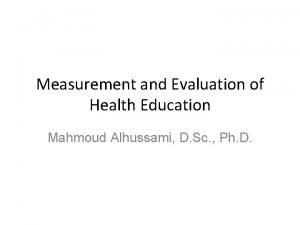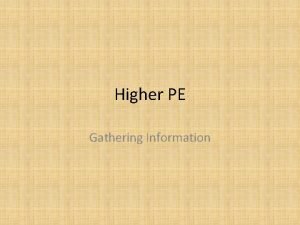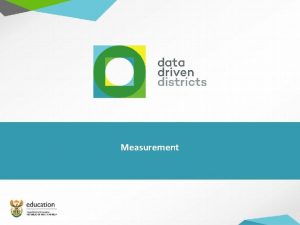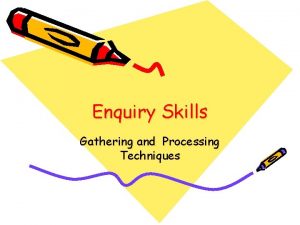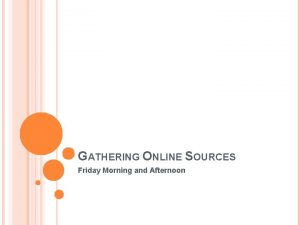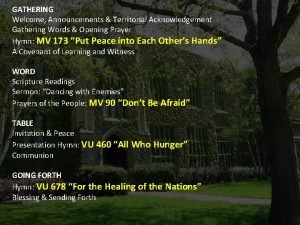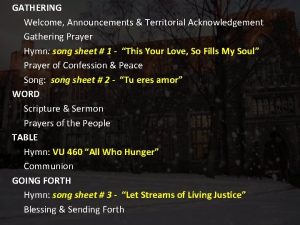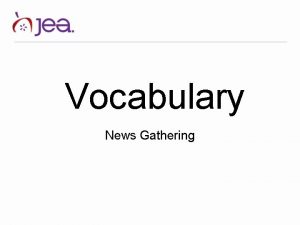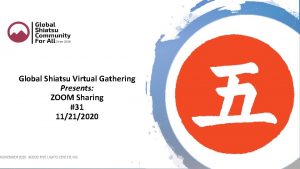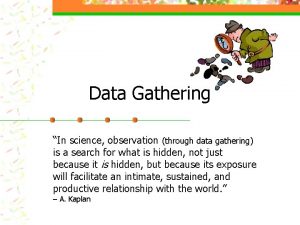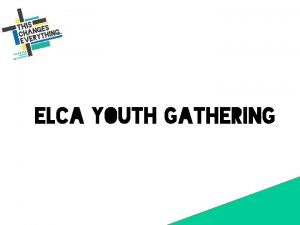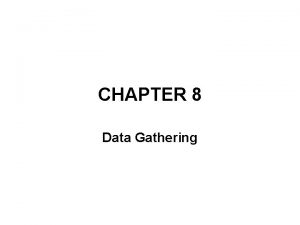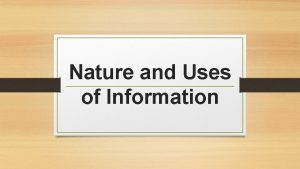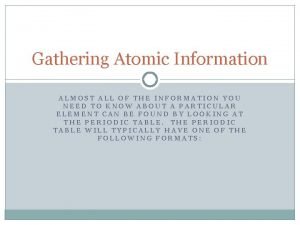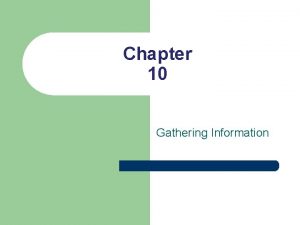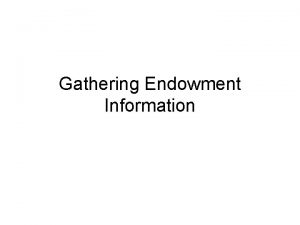Measurement Evaluation Measurement and Evaluation Measurement Gathering information



























- Slides: 27

Measurement & Evaluation

Measurement and Evaluation Measurement Gathering information about student achievements and performance to improve student learning. Evaluation Judgments on the quality, value and amount of learning output Feedback Giving information to the students and parents about evaluation criteria

Formative vs Summative Evaluation Formative Evaluation It is not used for grading. Examples; Personal interviews, product files, student feedback. Summative Evaluation It is used for grading Examples; Report Cards



Traditional vs Contemporary (Alternative) Evaluation Techniques Multiple-choice tests Performance evaluation True-false questions Matching questions Fill in the blanks type of questions Short-answer type questions Essay-type questions Question-answer Student portfolio Project Performance Dram Interview Written reports Demonstration Poster Concept Maps Structured grid Illustrative branch tree Word associations Group or peer evaluation Self-evaluation

Multiple-choice questions Multiple-choice tests usually consist of a question or statement to which you respond by selecting the best answer from among a number of choices. Multiple-choice tests typically test what you know, whether or not you understand (comprehension), and your ability to apply what you have learned (application).

True-False Questions True-false tests contain statements that the student marks as being either true or false. In order to qualify as true, all parts of the statement must be true. In general, true-false tests check your knowledge of facts.

Essay-Type Questions Essay questions require students to write answers to statements or questions. To complete a successful essay exam, you need to be able to recall relevant information and to organize it in a clear way, generating a thesis and building to a conclusion. Instructors give essay tests to determine whether or not students can make connections among various ideas, apply course information to new situations, and (most importantly) demonstrate that they have made the information their own.

Essay-Type Questions Essay exams are a useful tool for finding out if you are able to sort through a large body of information, figure out what is important, and explain why it is important. Essay exams challenge you to come up with key course ideas and put them into your own words using the interpretive or analytical skills you've practiced in the course.

Essay-Type Questions Essay questions are typically used to assess your ability to analyze or evaluate material, as well as to create (synthesize) new material based on your knowledge.

Short-Answer Questions Short-answer questions or statements are similar to essay questions, except they can be answered with just a few words or sentences. They test foundational knowledge which is usually factual. When completing short-answer questions, it's important to pay attention to the directive words in each item.

Fill-in-the-blank Type Questions Fill-in-the-blank items, also known as completion questions, provide students with a partial sentence or question and then require them to write the word (or words) in the blank that best completes the statement or question. Fill-in-the-blank and short-answer questions test your ability to recollect facts you have learned.

Matching Questions To complete a matching assessment activity, you must select one item from each of two columns. The two items must fit together correctly based on the assessment directions.

Student Portfolio A student portfolio is a compilation of academic work and other forms of educational evidence assembled for the purpose of (1) (2) (3) (4) evaluating coursework quality, learning progress, and academic achievement; determining whether students have met learning standards or other academic requirements for courses, grade-level promotion, and graduation; helping students reflect on their academic goals and progress as learners; and creating a lasting archive of academic work products, accomplishments, and other documentation.

Student Portfolios can be a physical collection of student work that includes materials such as written assignments, journal entries, completed tests, artwork, lab reports, physical projects (such as dioramas or models), and other material evidence of learning progress and academic accomplishment, including awards, honors, certifications, recommendations, written evaluations by teachers or peers, and selfreflections written by students.

Presentations the delivery of a topic, either individually or in groups, usually to your fellow students in small tutorial sessions. For example, computing students may be asked to present the design of a new information system. Presentations enable you to develop your team working and communication skills.

Project Work Involves working on a problem in-depth, either individually or in groups to arrive at a solution, or answer to a set problem. Project work provides the opportunity to apply principles or methodologies in a different context, thus deepening your understanding.

Reports written methods of relating your understanding of a particular subject. These might involve critically evaluating a topic and arriving at your own answers using various sources of evidence to support your conclusions. English students, for example, may be asked to write an analytical report on a particular aspect of a novel.

Research Projects, Dissertations and Independent Study Each of these involves an in-depth critical study of a subject and the compilation of an extensive report. Research forms a major part of all postgraduate programmes, especially when undertaking a Masters degree.

Concept Maps

Structured Grid





 Information gathering and processing in retailing
Information gathering and processing in retailing Q=nqp
Q=nqp Demand measurement in marketing
Demand measurement in marketing Gathering information and scanning the environment
Gathering information and scanning the environment Information gathering: interactive methods
Information gathering: interactive methods Gathering information and scanning the environment
Gathering information and scanning the environment Gathering information and scanning the environment
Gathering information and scanning the environment Gathering information and scanning the environment
Gathering information and scanning the environment Who should provide performance information
Who should provide performance information Gathering performance information
Gathering performance information Information gathering: interactive methods
Information gathering: interactive methods Broad area of research example
Broad area of research example Mencari peluang di lingkungan pemasaran
Mencari peluang di lingkungan pemasaran Unobtrusive methods of information gathering
Unobtrusive methods of information gathering The action or activity of gathering information
The action or activity of gathering information Gathering background information
Gathering background information Gathering background information
Gathering background information Maltego versions
Maltego versions Progress and performance measurement and evaluation
Progress and performance measurement and evaluation Evaluation in progress
Evaluation in progress Concept map of measurement assessment and evaluation
Concept map of measurement assessment and evaluation Concept map of measurement assessment and evaluation
Concept map of measurement assessment and evaluation Measurement and evaluation in human performance 5e download
Measurement and evaluation in human performance 5e download Measurement and evaluation in human performance
Measurement and evaluation in human performance Strategic measurement and evaluation
Strategic measurement and evaluation Definition of measurement in education
Definition of measurement in education Measurement and evaluation for health educators
Measurement and evaluation for health educators Fact finding techniques observation
Fact finding techniques observation
